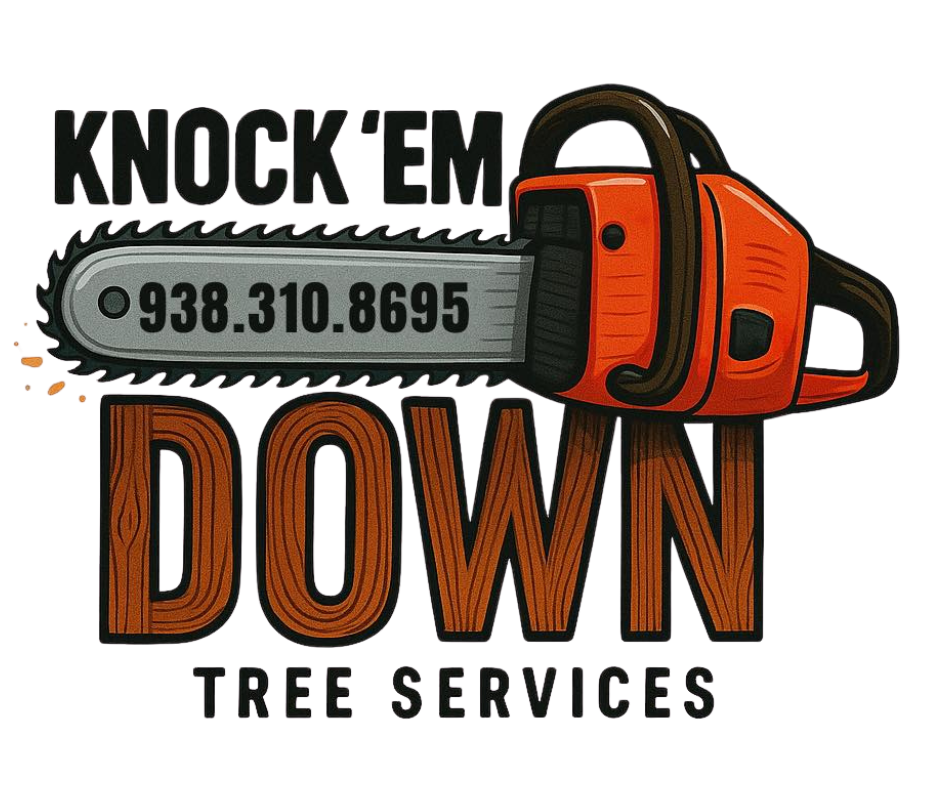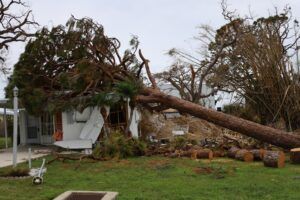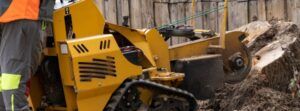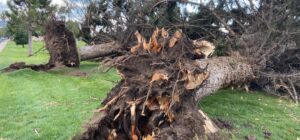Losing a tree on your property can be more than just an inconvenience—it can be a significant expense, especially if the tree causes damage to your home or requires professional removal. The good news? Your homeowner’s insurance may cover some or all of these costs. But navigating the claims process can feel overwhelming if you don’t know where to start.
This guide will walk you through seven proven steps to maximize your chances of getting your insurance to cover the loss of a tree on your property.
Step 1: Understand Your Policy Coverage
The first step in any insurance claim process is to understand your policy. Most homeowner’s insurance policies cover tree loss under specific conditions, such as damage caused by storms, lightning, hail, or fire. However, they generally won’t cover losses due to negligence, disease, or poor maintenance.
What to Look For in Your Policy:
- Covered Perils: Identify what causes of damage (like storms or fire) are explicitly listed.
- Tree Removal Limits: Most policies set a cap on how much they’ll pay for tree removal, often between $500–$1,000 per tree.
- Exclusions: Understand scenarios where coverage might not apply, such as pre-existing damage.
Step 2: Assess and Document the Damage
Before contacting your insurance company, carefully assess the situation. Is the fallen tree posing a danger to your home, driveway, or power lines? Documentation is key, as it provides evidence to support your claim.
How to Document the Damage:
- Take clear photos and videos of the fallen tree from multiple angles.
- Include images showing any damage to structures, landscaping, or vehicles.
- If possible, capture the cause of the loss (e.g., broken branches after a storm).
This visual proof will strengthen your case and help adjusters understand the scope of the damage.
Step 3: Notify Your Insurance Company Promptly
Time is of the essence when filing an insurance claim. Contact your insurance company as soon as possible to report the loss. Be prepared with:
- Your policy number.
- A description of the damage.
- Photos and videos as supporting evidence.
Pro Tip:
Be clear and concise when explaining the cause of the loss. For example, “The tree fell due to high winds during last night’s storm.” This ensures your claim is tied to a covered peril.
Step 4: Work With a Certified Arborist or Contractor
Many insurance companies require an official report to validate the cause and severity of the damage. Hiring a certified arborist or licensed contractor can provide the professional documentation you need.
Benefits of Working With Experts:
- They can confirm whether the tree was healthy or damaged by a covered peril.
- They’ll provide detailed estimates for tree removal, stump grinding, or property repairs.
Having professional input not only strengthens your claim but also helps expedite the approval process.
Step 5: Get Estimates for Removal and Repairs
Once the damage is assessed, obtain written estimates for the cost of tree removal, stump grinding, and any necessary repairs to your property. Most insurance companies will want to see itemized costs before they approve a claim.
Tips for Obtaining Estimates:
- Request quotes from licensed and insured professionals.
- Include detailed breakdowns of costs for labor, equipment, and debris disposal.
- Ask contractors to include timelines for the work.
Having multiple estimates ensures you’re prepared for any additional documentation your insurance company may request.
Step 6: Follow Up With Your Insurance Adjuster
After filing your claim, an adjuster will likely visit your property to inspect the damage. It’s important to stay proactive and communicate regularly to keep your claim moving forward.
How to Work With Adjusters:
- Provide all requested documentation promptly.
- Be polite but firm in ensuring the adjuster understands the extent of the damage.
- Follow up regularly to check the status of your claim.
Step 7: Know Your Rights and Negotiate if Necessary
If your claim is denied or the payout seems insufficient, don’t give up. Review the adjuster’s report and compare it with your documentation and policy terms.
Options for Denied or Reduced Claims:
- Request a detailed explanation for the denial or reduced payout.
- Submit additional evidence, such as arborist reports or expert opinions.
- If necessary, consider hiring a public adjuster to advocate for you.
Persistence pays off, and being informed about your rights can make a significant difference in the outcome of your claim.
Frequently Asked Questions
Q: Will insurance cover the replacement of my tree?
Some policies include coverage for tree replacement, often up to $500–$1,000 per tree. Review your policy for specific details.
Q: What if the tree didn’t damage my house?
If the tree didn’t threaten covered property, your policy might not cover removal unless explicitly stated.
Q: Can I use any tree removal service?
It’s best to choose a licensed and insured service provider to meet your insurance company’s requirements.
Q: How long does the claim process take?
Most claims are resolved within 7–30 days, depending on the complexity and how quickly you provide requested information.
Conclusion: Take Action Today
Dealing with the loss of a tree can be stressful, but with the right approach, you can navigate the insurance claim process confidently. By understanding your policy, documenting the damage, and working with professionals, you can increase your chances of receiving the compensation you deserve.
Start by reviewing your policy today, and don’t hesitate to reach out to experts for assistance. With these seven steps, you’ll be well-prepared to tackle any tree-related challenges that come your way.
For expert tree removal and assistance with tree damage claims, contact Knock Em’ Down Tree Service. Our licensed team is ready to provide professional support, ensuring your property is safe and your claim process is seamless. Call us today at (938) 310-8695 to get started!





